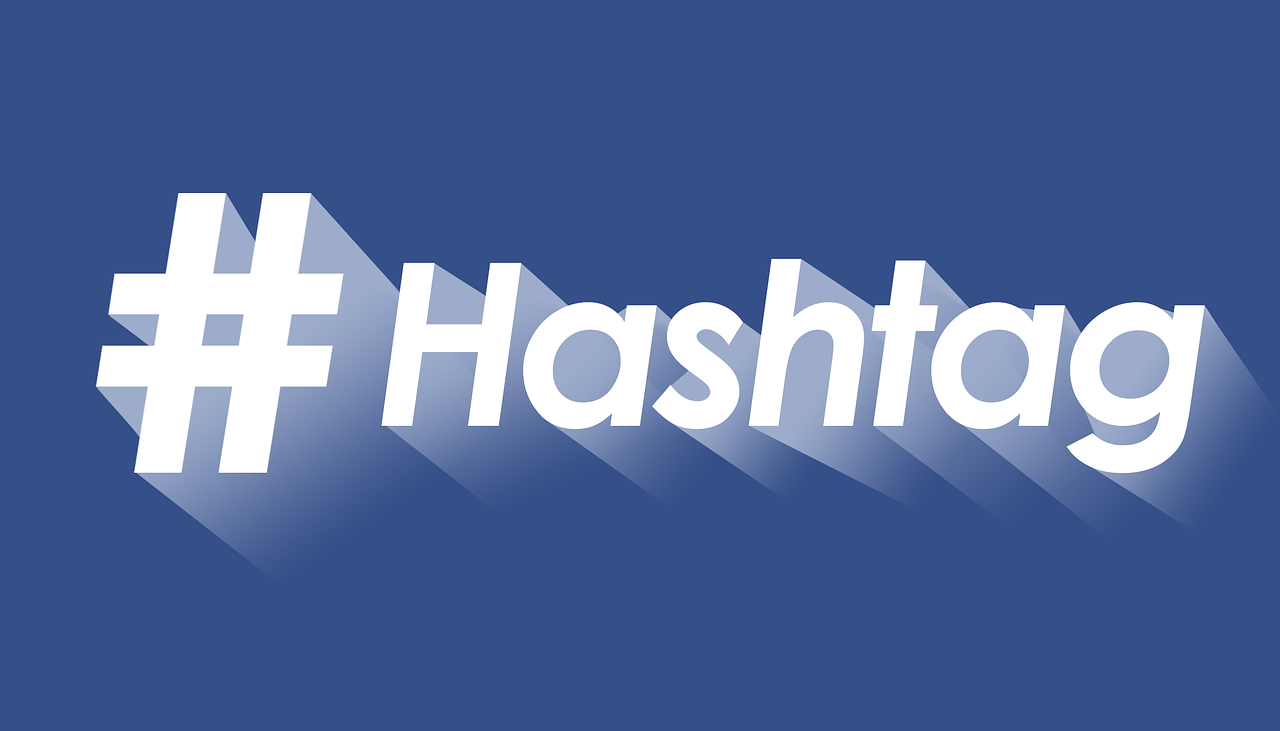Facebook has gone through difficult times. The social media giant had the largest single-day drop in stock market history, falling by $119 billion in value after being heavily criticized for compromising the privacy of nearly 2 billion users. Facebook also changed its algorithm. Ads won’t show up as often as it used to on the newsfeed, and as a result, a lot of businesses are moving away from the platform.
With the latest addition of business page, local, and standalone app, small business owners will have more reasons to promote their business on social media aside from the usual newsfeed post.
Finding More Ways to Improve Reach
Facebook changed the way ads work in response to the recent decline in reach and intense competition on the newsfeed. For anyone following this story over the last year or so, it’s pretty obvious that ads and promotional posts become less visible on the newsfeed.
Facebook business page provides businesses a place to thrive without competing for people’s attention. As a result, businesses can only reach out to a specific audience (similar to permission marketing) instead of showing up on everybody’s newsfeed. It’s a win-win for businesses and Facebook users.
With this new feature, Facebook is betting the social media platform will be more relevant for businesses, hoping people will use the social media platform to find goods and services, or book hotels and make reservations.
Facebook local and standalone app might also help small businesses through organic searches of the nearest shops, restaurants, and brick-and-mortar stores. Small businesses might actually fare better using the service as competition is narrowed down to a specific location.
Optimized for Small Businesses
Facebook page offers a way to encourage more businesses to build a strong brand on social media through CRM integration and data gathering. They’ve also made it easier for users to find information about business by improving its layout, esp. the home page where most users look for specific details like store hours, location, and contact information.
It gives Facebook a breath of fresh air with templates that are more industry-specific. Hence, a Facebook user who runs a hair salon business can choose a template suitable for his or her business. This applies to more than 80 million small businesses that are currently using the platform along with 1.6 billion users connected to them.
Fans and followers can also provide useful feedback about their experiences using the products and services via Recommendations. This, too, will improve online visibility on the page feed and local search.
Faster Way to Promote Business
It’s quite difficult to rank these days without spending a ton of money on SEO. Small businesses won’t stand a chance against big, established ones on Google. Thankfully, we have social media where the playing field is more even. Here, users can talk about their experiences using a product or service and be able to share it with others (also known as user-generated content).
Facebook has been diversified to accommodate both day-to-day social interactions and business promotions. There’s no doubt about social media being more cost-effective in spreading the word about your business than Google. It can be used as a starting point for any kind of business. However, it may not be a long-term solution for establishing an online presence. Sooner or later, you’ll need to be able to market your business outside of Facebook, create your own website and build your own sales funnel.
You can also connect your Facebook leads directly to a CRM service or request for CRM integration. Facebook Page contains a list of popular CRMs for managing leads when you avail of their Facebook Lead Ads.
Building Your Online Presence the Easy Way
Small Business Dream is a simple, yet powerful CRM solution for business startups and traditional businesses wanting to establish an online presence. There are a number of ways Facebook Page can be utilized for Small Business Dream CRM, including:
- Lead Generation and CRM Integration
This requires setting up an Ad Account and choosing a daily or weekly budget. Promote your business page or integrate your own CRM like Small Business Dream and lead your potential clients into your custom-made sales funnel. There are at least 4 ways to integrate CRM on Facebook: direct integration, third-party integration, many integrations, and Facebook Marketing Partner.
- Create Your Own Sales Funnel
You can easily make your own sales funnel with Small Business Dream and use it on Facebook to acquire new customers. The first method uses CRM integration mentioned earlier in this article. The second method is by customizing your Facebook Page and embedding your sales funnel link. However, unlike the first method, you’ll need to get enough ratings via searches and customer reviews to get results.
Or, you can create your own microsites and use both Facebook Page and Small Business Dream to generate leads. Having a website for your own business has several advantages over Facebook Page. For one thing, you’re not risking your online presence on someone else’s website (Facebook can boot you off of their platform, or it might disappear). However, it would be a great option for small businesses and start-ups who want to accelerate growth apart from traditional marketing strategies.
Conclusion
Giving users the ability to promote their business on Facebook is considered a smart move for the social media giant, especially during these times when the company is in need of a better solution in creating meaningful social interaction, and at the same time creating business opportunities for users.
Take your business to the next level through sales and marketing automation. Visit SmallBizDream.com and start using our suite of tools to increase your sales and profitability like never before.





